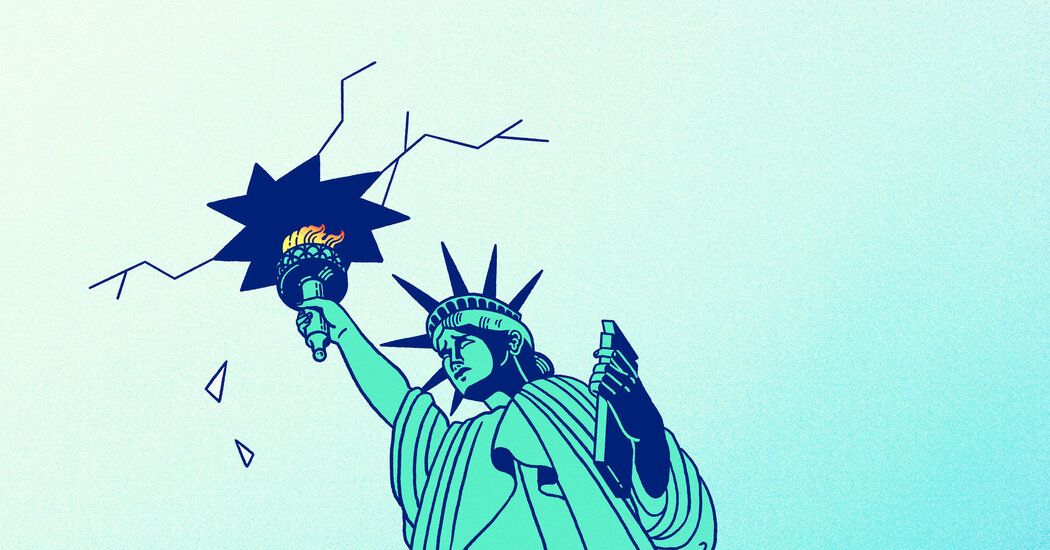The Debt Ceiling Dispute Raises the Risks for ‘Risk-Free’ U.S. Bonds
Janet L. Yellen, the Treasury secretary, has said that if a U.S. debt default happens, it will be “economic and financial catastrophe that will be of our own making.” All catastrophes have costs, and the markets are struggling to assess them.
The Impasse
President Biden has begun discussing the debt ceiling with Speaker Kevin McCarthy and other congressional leaders without making much progress. As things stand, the Treasury says it will exhaust its trove of “extraordinary measures” and bump into the debt ceiling sometime in June. If Congress doesn’t act by then, the United States could run out of money. It’s conceivable that it will stop paying its bills, including millions of Social Security checks, and that it could default on its debt for the first time.
The stock market has been focused on other matters — persistent inflation, high interest rates, bank failures, the possibility of an imminent recession and the intentions of the Federal Reserve, which has been tightening financial conditions for more than a year. But if there is no resolution of the debt ceiling dispute until the last minute, a sharp decline in the stock market would not be surprising. That’s happened before, even without an actual default. Eventually, the stock market recovered.
Treasuries are normally viewed as the safest investments. But now, one-month Treasury bills due in June are being seen in the markets as potential trouble spots. Their yields have shot up over the last week or two, pushing them higher than the yields for two- and three-month bills. That’s not typical.
In two or three months, the logic goes, the debt ceiling crisis will be behind us. In the meantime, one-month bills carry unusual risks. But some investors, like William H. Gross, who was known as the “bond king” when he headed Pimco, say a default will be averted and, at current prices, one-month Treasury bills are bargains.
Source: The New York Times


